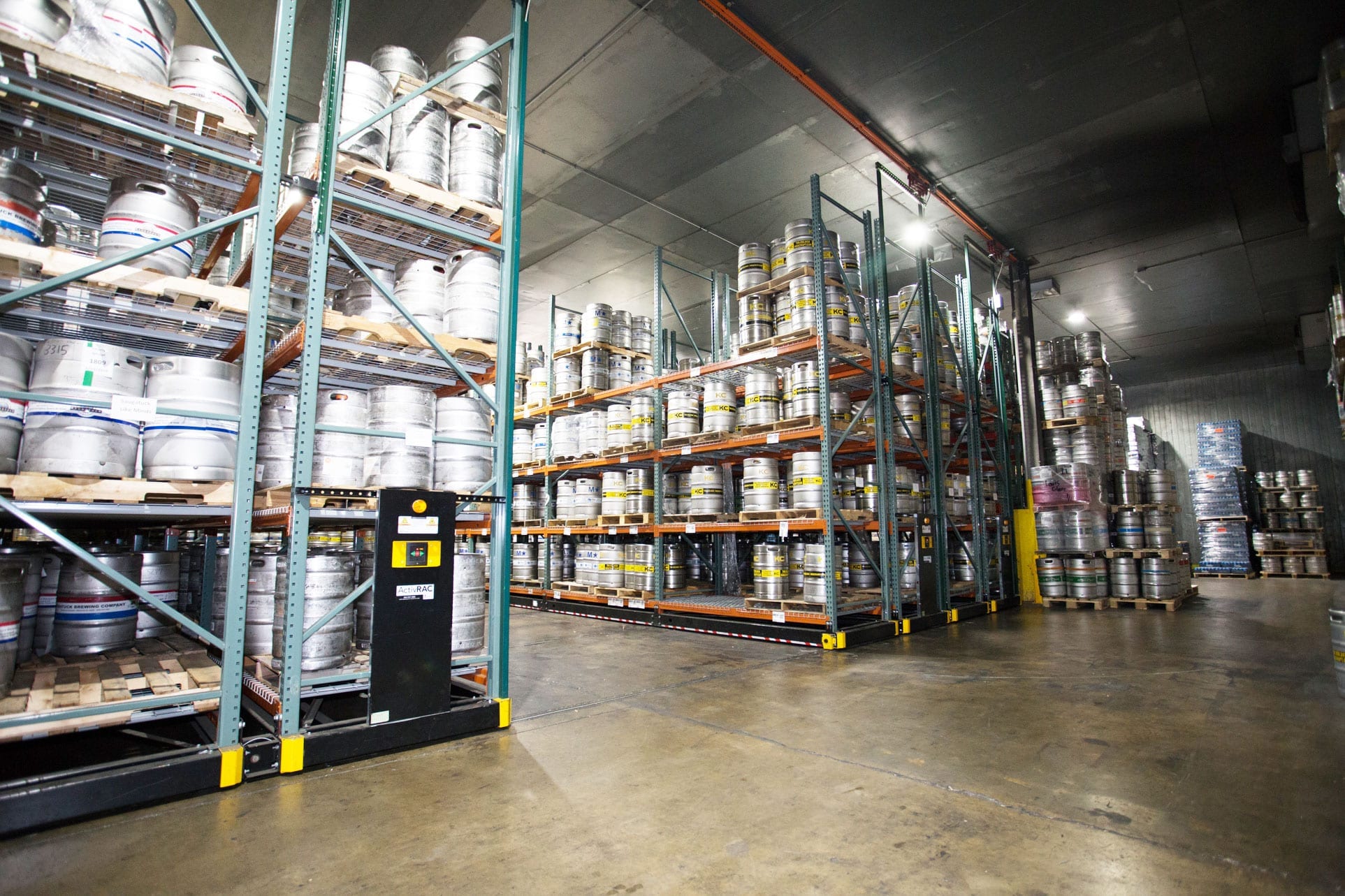Cold storage is a critical component in various industries, particularly in food and pharmaceuticals, to maintain products at specific temperatures to ensure their safety, quality, and longevity. Here’s a breakdown of the cold storage process:
1. Planning and Design
- Needs Assessment: Determine the types of products to be stored (e.g., food, pharmaceuticals), their temperature requirements, and storage duration.
- Facility Design: Design the cold storage facility based on the assessed needs. This includes layout planning, refrigeration systems, insulation, and space requirements.
2. Construction and Setup
- Building Structure: Construct the facility with appropriate insulation materials to maintain temperature control. Walls, floors, and ceilings are typically insulated to prevent heat transfer.
- Refrigeration Systems: Install refrigeration units and cooling systems. These systems might include compressors, evaporators, condensers, and cooling coils. The choice of system depends on the temperature requirements and the scale of storage.
- Temperature Controls: Implement temperature monitoring and control systems to maintain the desired temperature. This includes thermostats, sensors, and automated controls.
3. Receiving and Inspection
- Product Reception: Receive goods at the cold storage facility. Ensure that products are transported under proper temperature conditions to avoid any initial temperature abuse.
- Inspection: Inspect products for quality and integrity. Check for damage or spoilage before storing them.
4. Storage
- Product Placement: Place products in the appropriate storage areas within the facility. Items are often categorized and organized based on temperature requirements, type, and frequency of access.
- Temperature Maintenance: Continuously monitor and adjust temperatures to ensure that they remain within the specified range. Cold storage facilities might use both manual and automated systems for this purpose.
5. Inventory Management
- Tracking and Management: Use inventory management systems to track products within the storage facility. This includes recording the quantity, location, and expiration dates of items.
- Stock Rotation: Implement practices such as FIFO (First In, First Out) or FEFO (First Expired, First Out) to manage inventory and reduce the risk of spoilage.
6. Quality Control
- Regular Checks: Perform regular checks and maintenance on refrigeration equipment and temperature control systems to ensure they are functioning correctly.
- Sanitation: Maintain cleanliness and hygiene within the facility to prevent contamination and ensure compliance with safety standards.
7. Distribution
- Order Processing: Pick and prepare items for shipment based on orders. Ensure that products are kept at the correct temperature during picking and packing.
- Transport: Use temperature-controlled transport to move products from the cold storage facility to their destination, ensuring that they remain within the required temperature range throughout transit.
8. Maintenance and Upgrades
- Equipment Maintenance: Regularly service and maintain refrigeration equipment to ensure efficient operation.
- Facility Upgrades: Update and upgrade facility infrastructure and technology as needed to improve efficiency and comply with new regulations or standards.
9. Compliance and Documentation
- Regulatory Compliance: Adhere to industry regulations and standards for temperature control, sanitation, and safety.
- Documentation: Keep detailed records of temperature logs, maintenance activities, and inventory to ensure compliance and facilitate audits.
By following these steps, cold storage facilities can effectively manage temperature-sensitive products, ensuring their safety, quality, and shelf life.

Leave a Reply